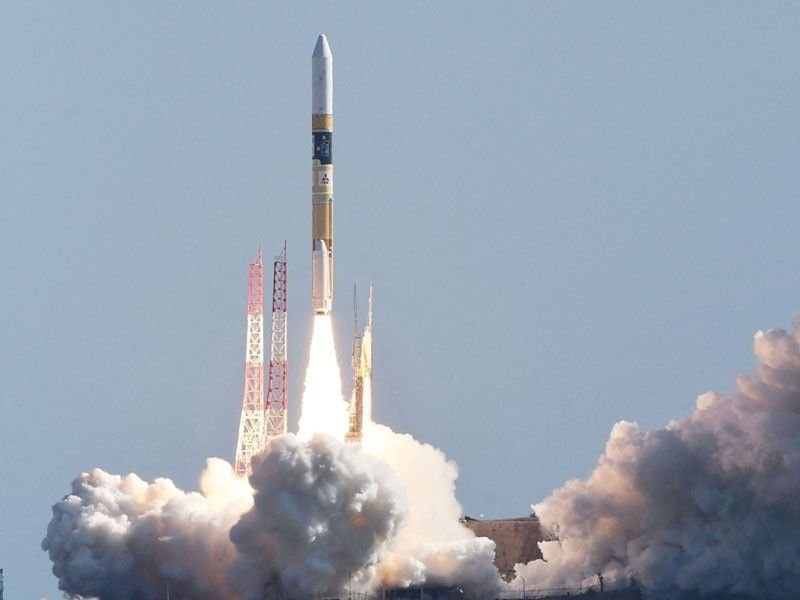Japan’s Smart Lander for Investigating Moon (SLIM) spacecraft made a successful lunar landing on January 19, marking Japan as the fifth country to robotically land on the moon.
Japan’s Smart Lander for Investigating Moon (SLIM) spacecraft made a successful lunar landing on January 19, marking Japan as the fifth country to robotically land on the moon. The mission, conducted by the Japan Aerospace Exploration Agency (JAXA), aimed to demonstrate precise landing technology, showcasing the ability to set down within 100 meters of a target point.
SLIM began its descent from a 15-kilometer perilune, decelerating from a speed of around 1,700 meters per second. The spacecraft’s unique landing legs, made of crushable 3D-printed aluminum lattice, helped absorb the impact of touchdown on the lunar surface. Despite initial uncertainty, JAXA confirmed the landing success during a press conference approximately two hours after the event.
However, challenges emerged as the spacecraft’s solar cells were not generating electricity. The cause of the issue was not immediately known, but there are speculations that the spacecraft might have rolled, affecting its orientation. Currently operating on battery power, SLIM survived the landing and continues to send valuable data.
The mission’s primary goal was to showcase precision landing capabilities, allowing for targeted landings in specific lunar locations. SLIM was set to touch down on the sloped rim inside the 300-meters-wide Shioli crater. While the landing was confirmed successful, the accuracy of the “pinpoint” landing will be assessed over the next month using observations from lunar orbit.
An accurate landing is not just a technological feat but also enhances the scientific potential of the mission. Katherine Joy, a Reader in Earth Sciences at the University of Manchester, highlighted the significance, stating, “Touching down in just the right spot is key to targeting really interesting lunar locations that can help us test key science questions about the evolution of the Moon and where we want to explore to assess possible lunar resources.”
The SLIM mission follows India’s successful lunar landing with Chandrayaan-3, making Japan the fifth nation to achieve this feat. It also comes shortly after Astrobotic’s Peregrine Mission One lunar lander faced challenges with a propellant leak, leading to the abandonment of its lunar landing attempt.
This wasn’t Japan’s first attempt at a lunar landing. In April 2023, Tokyo-based private firm ispace experienced a setback due to a software issue, resulting in the loss of the HAKUTO-R M1 lunar lander. However, a new attempt using similar hardware with upgraded software is planned for later this year.
SLIM spacecraft is equipped with five crushable, 3D-printed aluminum lattice landing legs that played a crucial role in the successful touchdown. The mission’s innovative approach includes two small rovers, Lunar Excursion Vehicle 1 (LEV-1) and LEV-2. LEV-1 uses a hopping mechanism, while LEV-2 is a baseball-sized, spherical rover, both carrying cameras and scientific payloads.
The spacecraft’s Multi-Band Camera (MBC) will assess the composition of Shioli crater by analyzing the spectra of sunlight reflected off its surface. Particularly, it will search for the presence of olivine, a mineral that might have been ejected from beneath the moon’s crust.
While SLIM spacecraft is expected to spend approximately 14 Earth days on the moon’s surface during lunar daytime, the absence of a radioisotope heater unit means it is not likely to survive the harsh lunar nighttime, where temperatures can drop to around minus 130 Celsius.
The success of the SLIM mission adds to the wave of lunar exploration attempts in 2024. China is preparing for an unprecedented lunar far side sample return mission, scheduled around May. U.S. firm Intuitive Machines is also planning up to three landings, with the first, IM-1, set to launch in February. These missions reflect a renewed global interest in the moon, particularly in the lunar south pole, and coincide with growing international and commercial space capabilities.
As SLIM continues its scientific objectives on the lunar surface, the mission represents a significant step forward in both precision landing technology and lunar exploration, contributing valuable data for future scientific endeavors and potential resource assessments on the moon.
